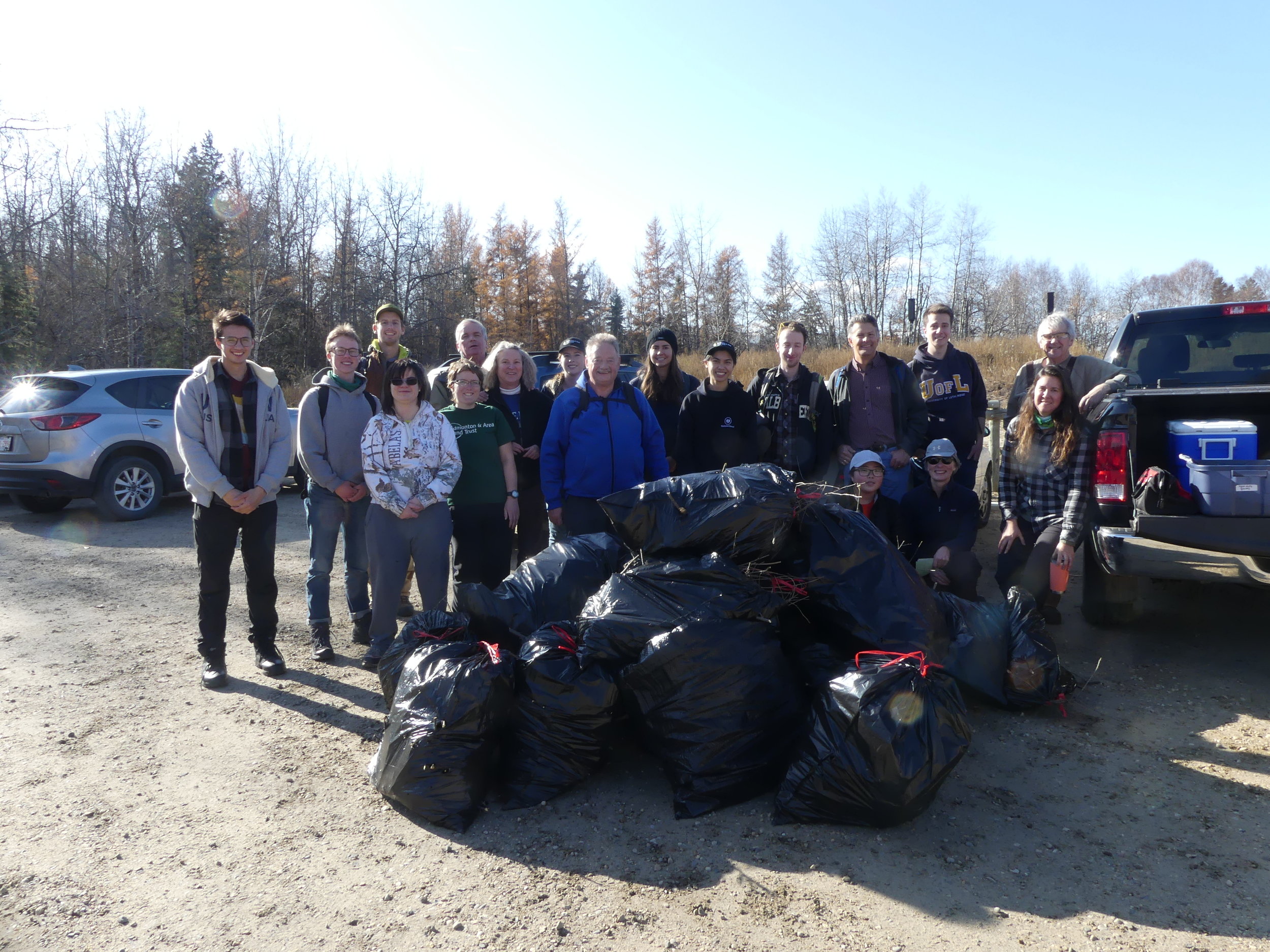At EALT, we work hard to steward our lands. Part of this stewardship includes the monitoring and removal of harmful species, which ensures the continued health and success of our lands.
What is Black Knot Fungus?
Black Knot is caused by the fungus Apiosporina morbosa. It infects trees within the Prunus genus, which includes different types of plum and cherry trees. It has also been known to infect shrubs in the Rose family. It is spread through spores by rain, wind, birds, and insects that have had contact with infected trees. The spores spread in the spring and infect other trees, then in the summer the infection creates green swellings at the tip of the branches. In the following years these swellings blacken and enlarge.
Life cycle diagram
Supplies:
Clippers
Garbage bags
Diluted bleach spray
Rags
Gloves
Procedure:
Cut each infected branch at least 6-8 inches below the knot.
Try prune to the start of the branch instead of leaving a stump.
Cutting blades should be disinfected with the bleach spray between each cut.
Diseased branches can still release spores for up to 4 months after they have been removed, so it is important to bag and dispose of them properly.
Inspect your property each year to make sure you can stop the spread of Black Knot within your own neighbourhood.
Join us!
We rely on our amazing team of volunteers to help us keep our lands healthy. So far, this season, we have removed 53 bags worth of Black Knot!
Interested in helping us remove black knot on our conservation lands? Keep an eye on our event page for volunteer opportunities.





